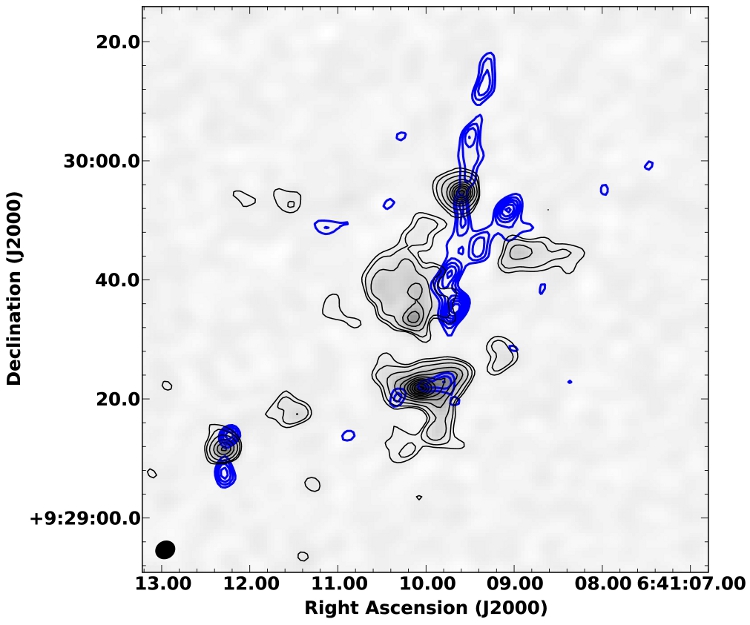| EPoS Contribution |
|
What is Driving the Outflows in Massive Star Forming Regions?
Nichol Cunningham U Leeds, Leeds, UK | |
|
Outflows/jets from high-mass protostellar objects provide us with an excellent opportunity to understand the formation mechanisms of young high mass stars. Molecular outflows are found to be ubiquitous in both low and high-mass star forming regions. However, the debate is still ongoing as to whether the outflow driving mechanism, between the low and high-mass regimes is the same. The initial surveys towards massive outflows were mostly undertaken at low resolution. It is therefore difficult to distinguish if a single outflow or a combination of several outflows are contributing to the observed emission in the highly complex star forming environments of massive stars.
We have observed a sample of nearby, high mass star forming regions with the Sub-Millimetre Array. The high resolution observations provide us with a unique opportunity to fully characterise the outflows and the cores driving them. The objects selected are known to be driving outflows from our previous single dish observations. The Sub-Millimetre Array observations therefore provide the ability to compare low and high resolution observations, and to investigate which core/s are actually driving the outflow/s. An example of our observations, is our nearest target, the intermediate/massive star forming cluster NGC2264 C. Located at distance of 600pc, our observations probe scales of less than 2000 au. We identify 10 continuum cores at 1.3mm, of which 5 are new detections, with two clearly driving collimated bipolar outflows seen in SiO (5-4) emission. Interestingly the most massive cores in this region are found to be driving the outflows. In addition, the most massive core is driving the youngest outflow in the cluster. I will discuss this and the other objects in our sample. | |
 | |
| Caption: Map of the 1.3mm continuum and SiO (5-4) emission observed with the Submillimetre Array towards NGC2264 C. The black contours represent the 1.3mm continuum emission, while the blue contours display the total integrated SiO (5-4) emission. The beam size of ~3 arcseconds is displayed in the lower left corner. | |
| Collaborators: S. Lumsden, U Leeds, UK C. Cyganowski, U St Andrews, UK C. Purcell, U Sydney, Australia L. Maud, U Leeds, UK |
Suggested Session:
Protostellar Outflows |

